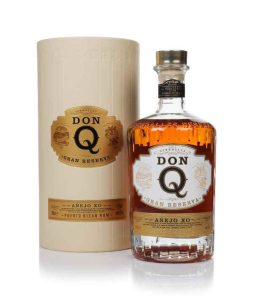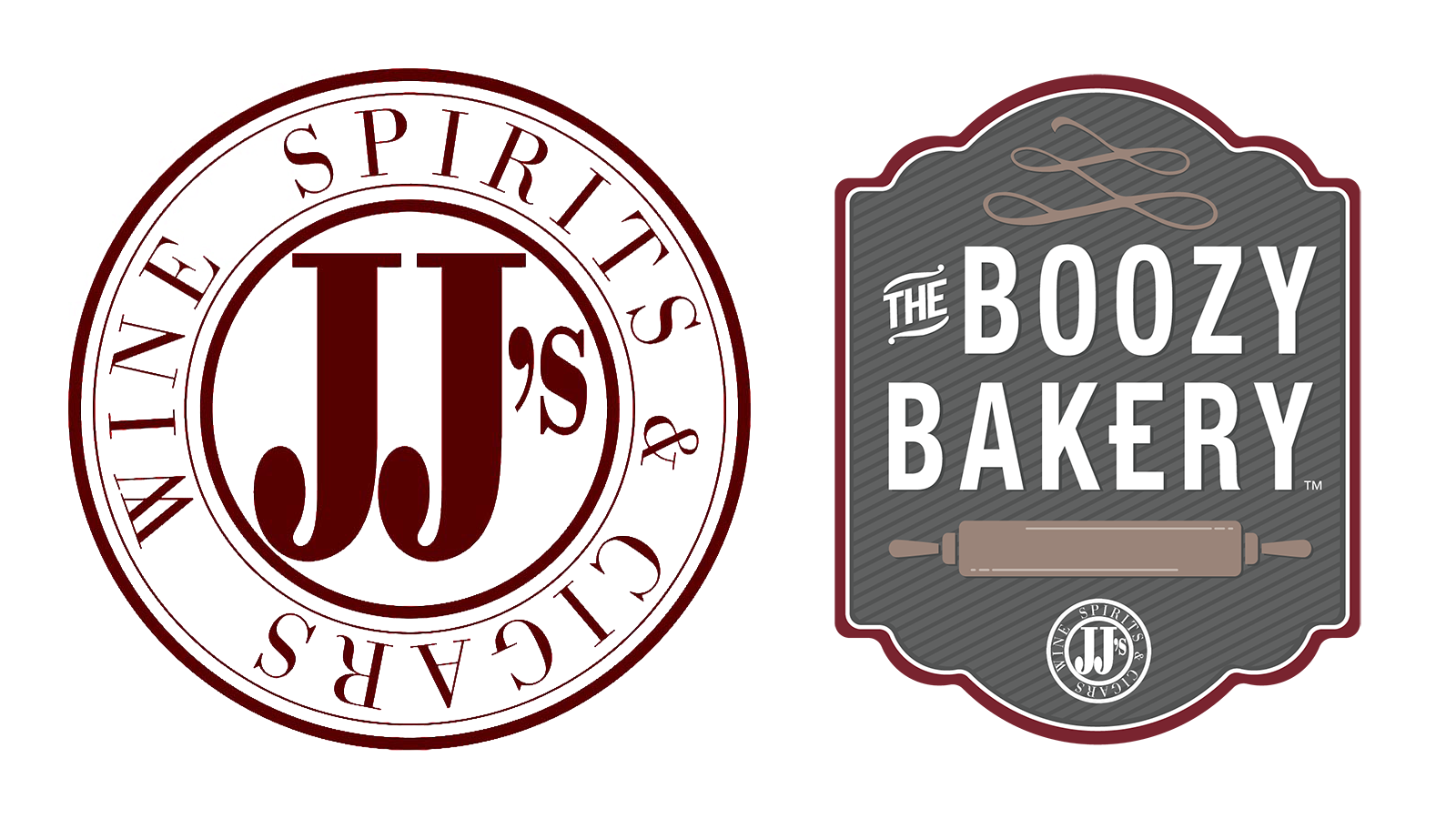Don Q Gran Reserva XO
 Let’s learn a little about rum today.
Let’s learn a little about rum today.
We recently had a class in The Event Room at JJ’s as part of a series of classes for Lifelong Learners put on by The University of South Dakota Sioux Falls campus. This class was lead by the Vice President of the Sioux Falls campus Jay Peery.
When they asked me if I wanted to host this class, I was more than thrilled for a variety of reasons, but primarily because I love learning, and even more so, I love seeing people learn things they hadn’t known before, even at an advanced age (the class was filled primarily with folks older than me).
Jay’s lecture was titled “American History through Spirits & Beer”. It was an interesting perspective of the history of our nation and how alcohol production, and consumption, basically shaped the direction of that history.
One of the components of the lecture dealt with the rum trade and how it was intertwined with the slave trade from the late 1500s up through the end of slavery in the mid 1860s. It was called “Triangle Trade” and here is brief overview of how that worked.
Sugar was grown in the West Indies and shipped to the American colonies where rum was produced. Distilling rum was one of the largest industires in the colonies at that time. The bulk of the rum, that wasn’t sold in the colonies, was then exported to Africa, where it was traded for captured Africans that were forced into slavery in the West Indies to produce the sugar that was sent to the colonies to make… more rum.
Rum was used for a variety of things within this triangle, not just for slaves. Rum was the drink of choice for merchant ships (and slave ships) to keep the sailors “happy” and to fend of certain ailments during sea travel. It was the currency of choice as well, being traded not only for slaves, but also for other necessities and often used as payment for services at ports of call.
 Rum evolved past slavery as the slave trade was dissolved in the mid-1800s to being primarily produced, in many cases by freed slaves in the Caribbean, where the “triangle trade” took a little different shape. Rum was being produced in the Caribbean, then shipped to the (now) United States, Brittain and other parts of Europe, in exchange for previosuly used oak barrels for aging. These barrels were sent to the Caribbean to age… more rum.
Rum evolved past slavery as the slave trade was dissolved in the mid-1800s to being primarily produced, in many cases by freed slaves in the Caribbean, where the “triangle trade” took a little different shape. Rum was being produced in the Caribbean, then shipped to the (now) United States, Brittain and other parts of Europe, in exchange for previosuly used oak barrels for aging. These barrels were sent to the Caribbean to age… more rum.
As I indicated, a pretty grim reminder of our history and something we should always remember when sipping on some of these spirits. The Don Q distillery was founded in the mid-1800s in Puerto Rico also utilizing slave labor to grow the sugar that produced the rum. Many of the slaves, upon being “freed”, as Puerto Rico was, and is, an American colony, went from being enslaved to being sharecroppers. As this practice was common among slave owners, it’s not necessarily what I would call a consolation for decades of enslavement, but it was a start to move past slavery to where Don Q sits today still owned by the same family, the Serrallés clan, one of the wealthiest familues in Puerto Rico.
- Name: Don Q Gran Reserva XO
- Country of Origin/Locale: Puerto Rico
- Proof: 80.0
- Glass: Double Old Fahioned
- Temperature: Room or with a cube, but I would try it slightly chilled
- Cocktail Options: Can substitute bourbon or rye in classic cocktails like Manhattan and Old Fashioned
- Available: Yes. Retail and in JJ’s Bar
- Price: List Price – $74.99 JJ’s VIP Price – $59.99
Tom’s Tasting Notes: This rum is derived from 9-12 year old barrels and then blended with solera rums. Solera rums are essentially blends of multiple ages that have been devleoped for up to 50 years. Burnt caramel and vanilla on the nose with subtle degree of oakiness. Coffee notes and leather expound on the aromas on the palate. The finish is warm and spicy, but not very lengthy.

Recent Comments